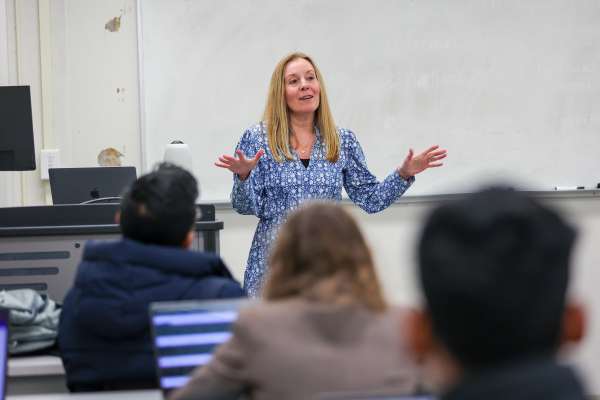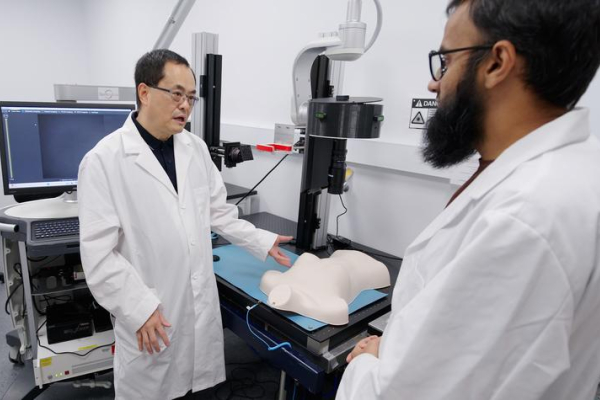'Behind the Blue': UK Sports Medicine Research Institute’s Equestrian Athlete Initiative
Kentucky is a wonderful place to be involved with horses, whether for breeding, racing, showing, pleasure riding, you name it. And the University of Kentucky’s Sports Medicine Research Institute is a terrific place to be involved with athletes, studying various aspects of performance.
On this week’s edition of the “Behind the Blue” podcast, Carl Nathe of UK Public Relations and Strategic Communications talks with Nick Heebner and Kimberly Tumlin about a new research effort, the Equestrian Athlete Initiative.
"Behind the Blue" is available on iTunes, Google Play, Stitcher and Spotify. Become a subscriber to receive new episodes of “Behind the Blue” each week. UK’s latest medical breakthroughs, research, artists and writers will be featured, along with the most important news impacting the university.
For questions or comments about this or any other episode of "Behind the Blue," email BehindTheBlue@uky.edu or tweet your question with #BehindTheBlue. Transcripts for this or other episodes of "Behind the Blue" can be downloaded from the show’s blog page.
To discover what’s wildly possible at the University of Kentucky, click here.


